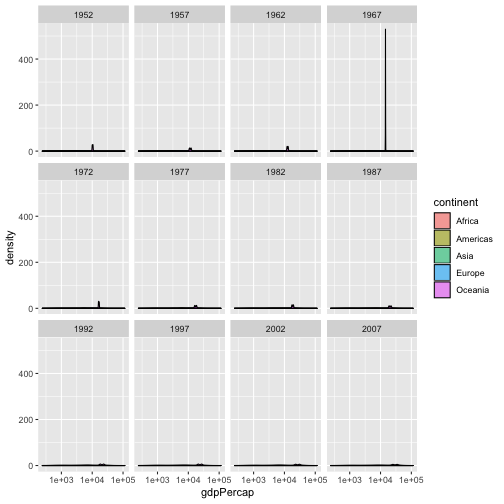
Ut enim ad minim veniam, quis nostrud exercitation ullamco laboris nisi ut aliquip ex ea commodo consequat.", x = "displacement (in3)", y = "Miles per gallon (mpg)A measure of the car's fuel efficiency." ) + theme( = "plot", plot.title = element_textbox_simple( size = 13, lineheight = 1, padding = margin( 5.5, 5.5, 5.5, 5.5), margin = margin( 0, 0, 5.5, 0), fill = "cornsilk" ), = element_textbox_simple( width = NULL, padding = margin( 4, 4, 4, 4), margin = margin( 4, 0, 0, 0), linetype = 1, r = grid :: unit( 8, "pt"), fill = "azure1" ), = element_textbox_simple( hjust = 0, orientation = "left-rotated", minwidth = unit( 1, "in"), maxwidth = unit( 2, "in"), padding = margin( 4, 4, 2, 4), margin = margin( 0, 0, 2, 0), fill = "lightsteelblue1" ) )Īnother example, replacing facet strips with text boxes. engine displacement Lorem ipsum *dolor sit amet,* consectetur adipiscing elit, **sed do eiusmod tempor incididunt** ut labore et dolore magna aliqua. Ggplot(mtcars, aes(disp, mpg)) + geom_point() + labs( title = "Fuel economy vs. In practice, you will usually want to use element_textbox_simple() instead of element_textbox(), as it sets useful defaults for many parameters not usually defined in ggplot2 themes. Unlike element_markdown(), it cannot be used for axis tick labels, and it cannot draw text at arbitrary angles, only at fixed orientations corresponding to 0, 90, 180, and 270 degrees.

versicolor*" ) ggplot(iris, aes(Species, Sepal.Width)) + geom_boxplot() + scale_x_discrete( name = NULL, labels = labels ) + theme( = element_markdown( color = "black", size = 11) )Įlement_textbox() offers support for rendering larger amounts of text that require word wrapping. As a general rule, any Markdown, HTML, or CSS feature that isn’t shown in any of the ggtext or gridtext documentation likely doesn’t exist. No other features are currently supported. It currently can make text bold or italics, can change the font, color, or size of a piece of text, can place text as sub- or superscript, and has extremely rudimentary image support. Importantly, the gridtext package that provides the rendering support implements only an extremely limited subset of Markdown/HTML/CSS. In both cases, there are two alternatives, one for creating simple text labels and one for creating text boxes with word wrapping. Support is provided for Markdown both in theme elements (plot titles, subtitles, captions, axis labels, legends, etc.) and in geoms (similar to geom_text()).

Under the hood, the package uses the gridtext package for the actual rendering, and consequently it is limited to the feature set provided by gridtext. The ggtext package provides simple Markdown and HTML rendering for ggplot2. prop.Ggtext: Improved text rendering support for ggplot2 # Plot #3 : Incorrect graph but correct x-axis tick labels OK X.df$grp<-paste("Group",as.character(x.df$grp)) # Plot #2 : Correct but NO x-axis tick labels If we want to modify the labels of the X and Y axes of our ggplot2 graphic, we can use the xlab and ylab functions. Geom_bar(stat = 'count', position = 'dodge')+

However either the labels just disappear (Plot #2) or the plot changes strangely (Plots #3 and #4). This I tried by specifying the new labels (Plot #2) or changing the grouping variable in x.df from a number to a character string/factor (Plots #3 and #4).

I have a plot (Plot #1 below) that is fine, but I would like to change the x-axis tick labels so that it says "Group 1", "Group 2".


 0 kommentar(er)
0 kommentar(er)
